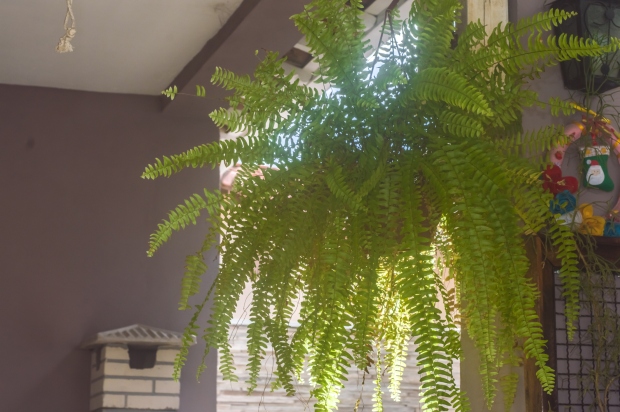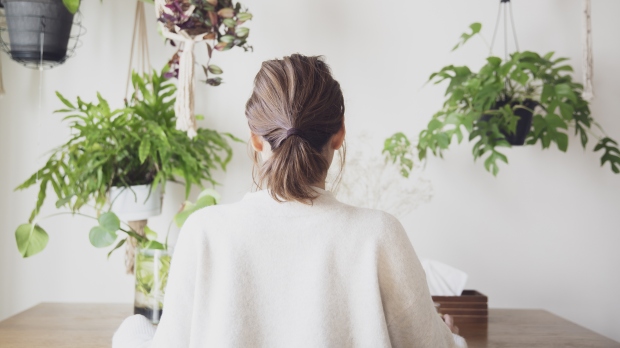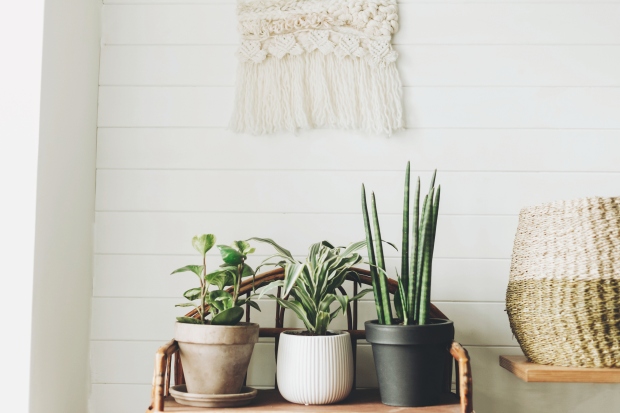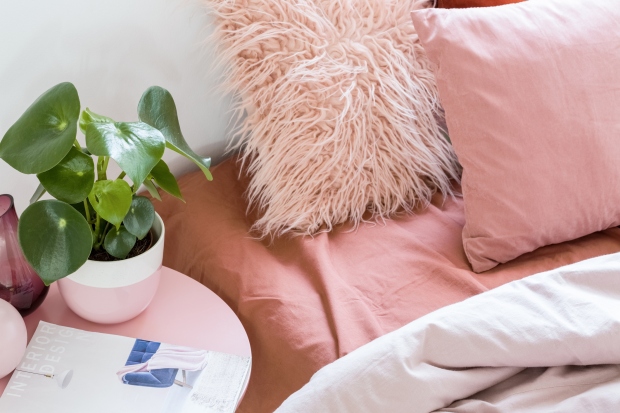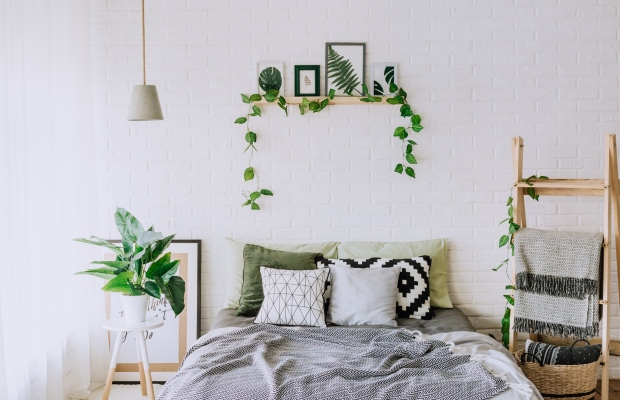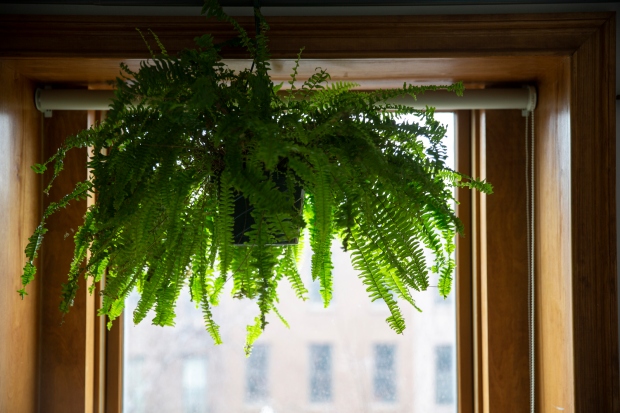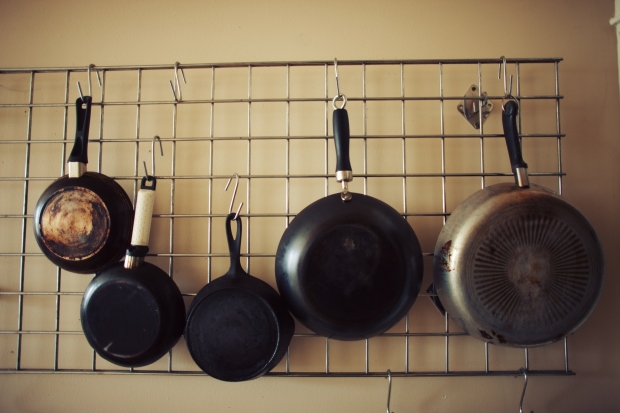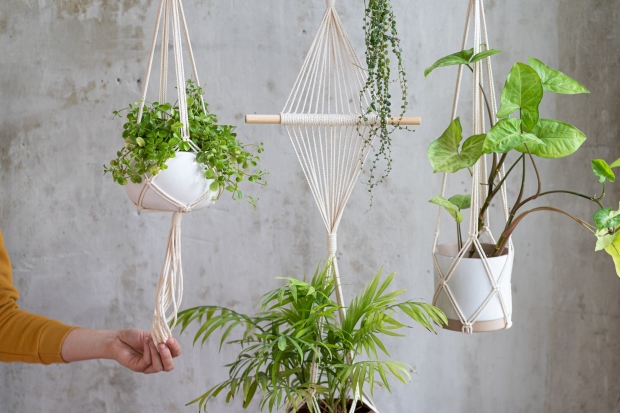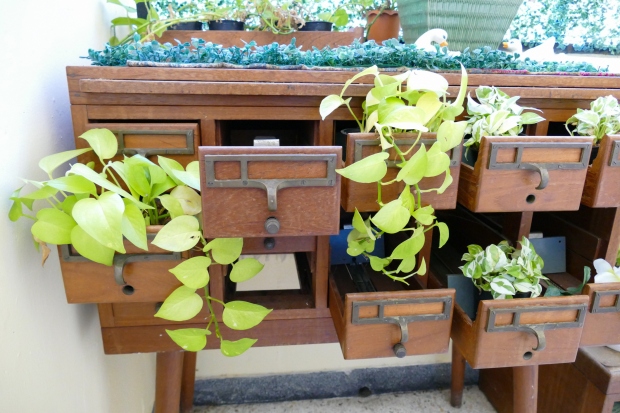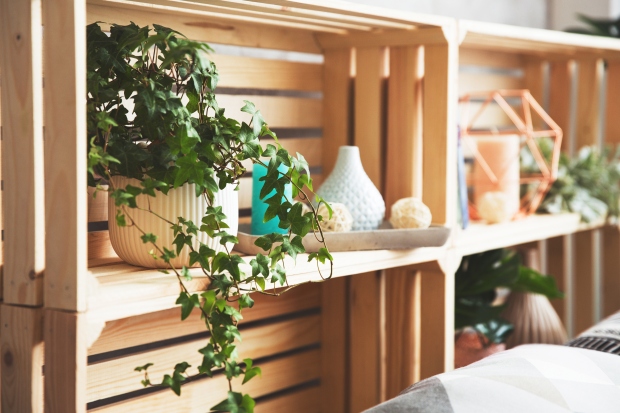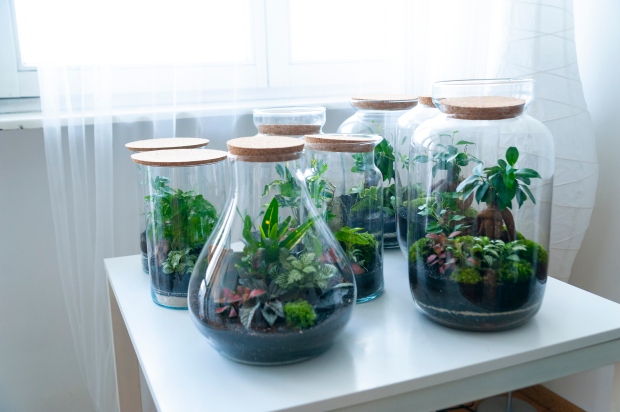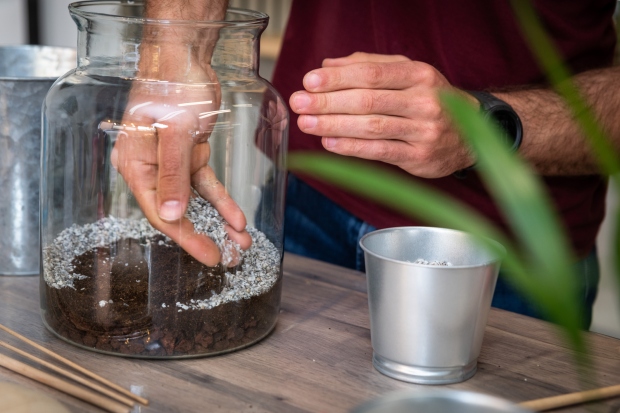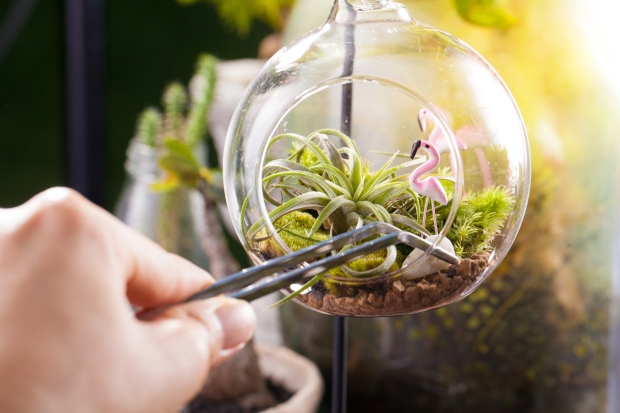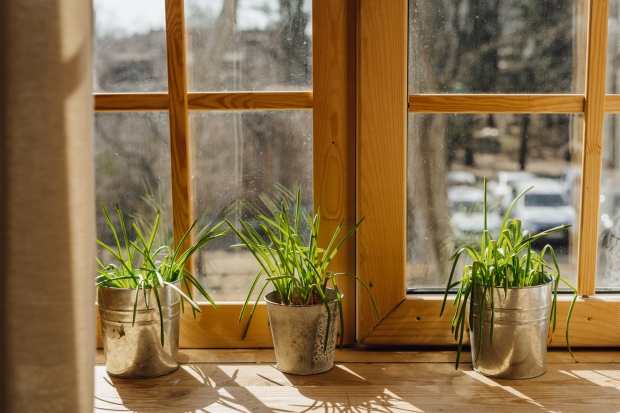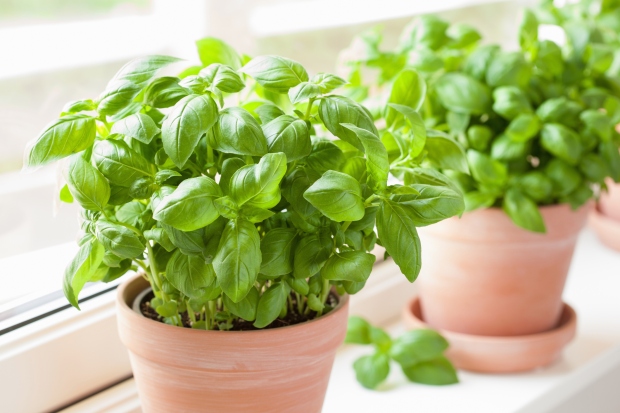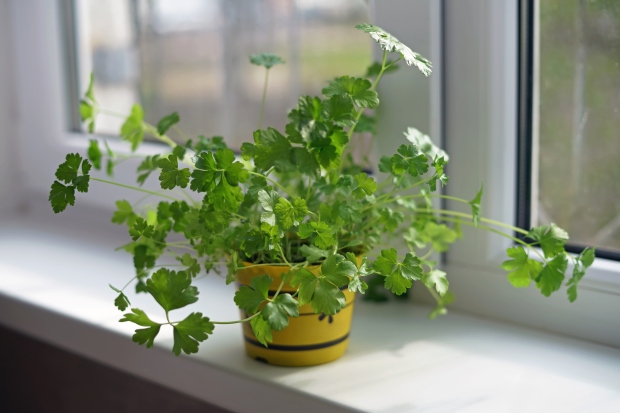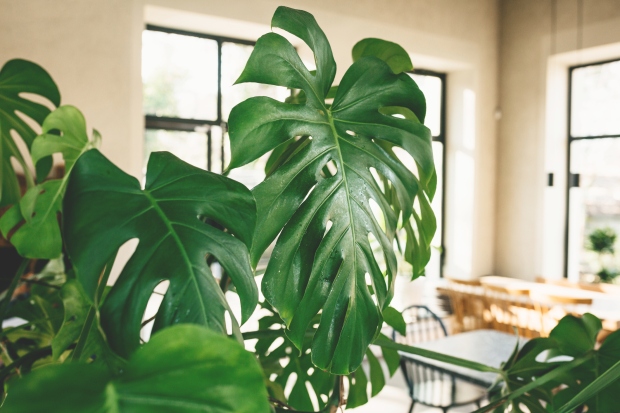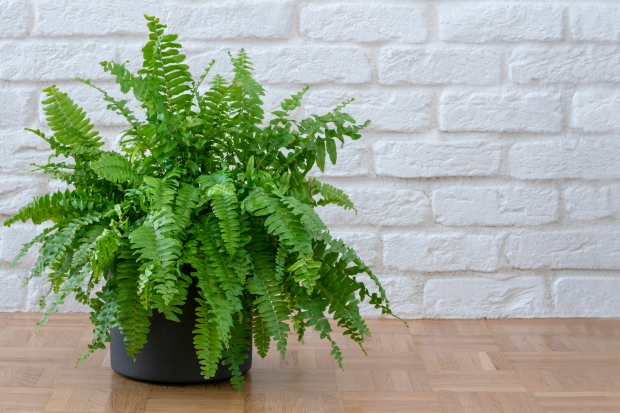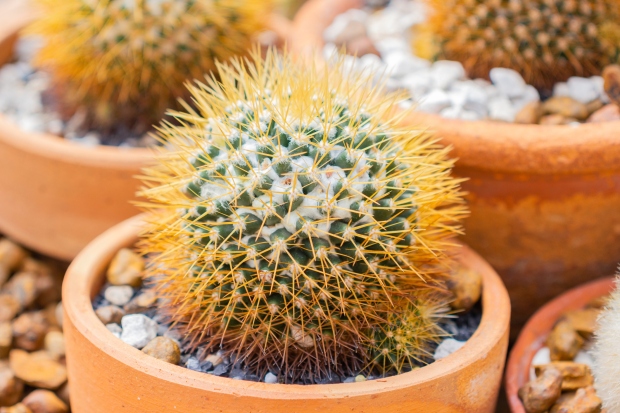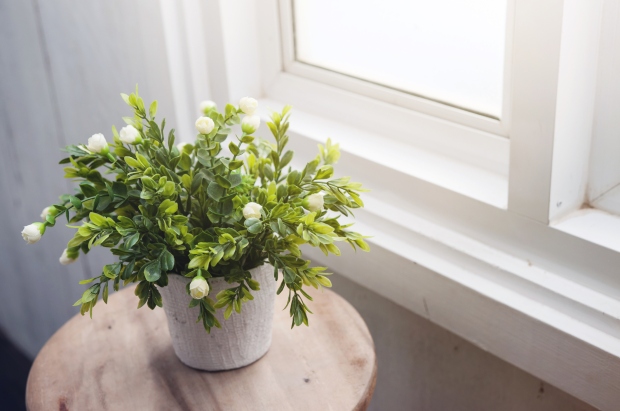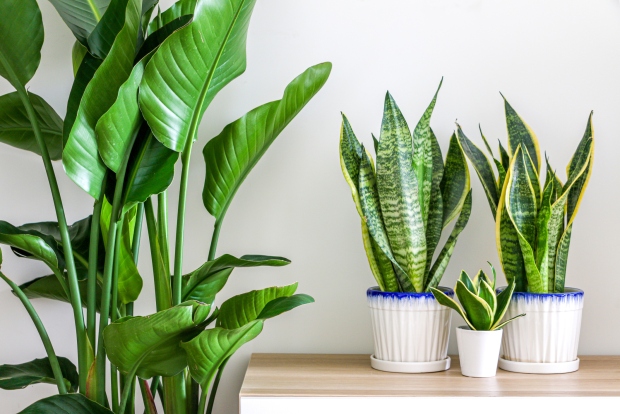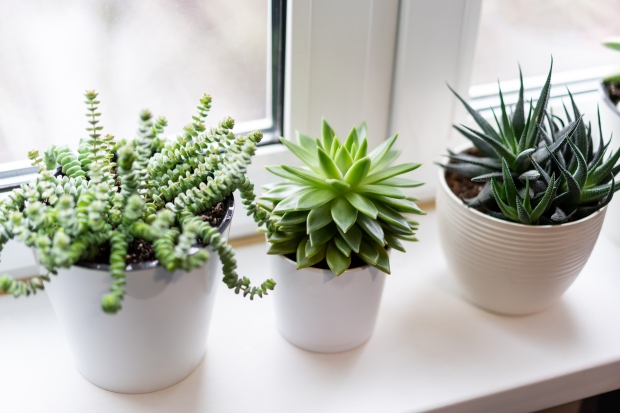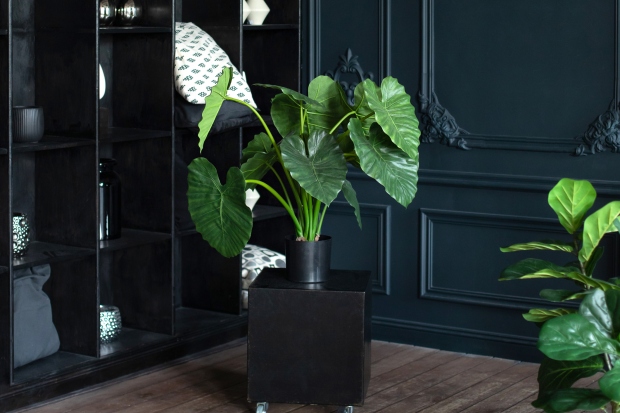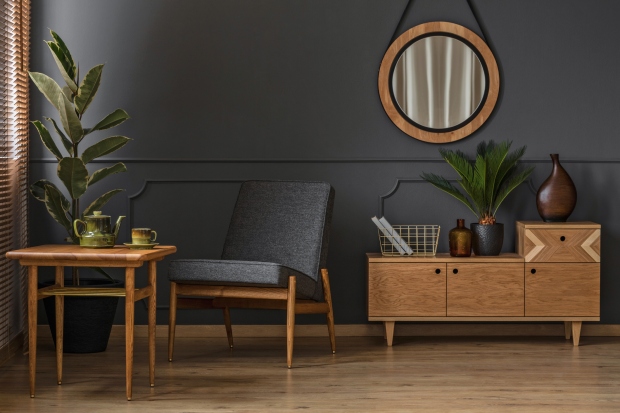5 Best Houseplants for Christmas Decorating
When the days are at their shortest and it’s frigid outside, houseplants can be a saving grace to transform a cold house into a warm place full of life. That’s why we love filling our homes with Christmas plants in the winter.
Add one of those pretty houseplants, with proper ornaments, you will brighten your home display and add a more festive vibe. Here are the 5 best plants to decorate your home for this Christmas.
1. Christmas Tree
A Christmas tree has always been integral to the significant yet joyful season. Family gatherings and gift exchanges are associated with this holy plant. While decorating the Christmas tree in your own style can not only show off your family’s personality, but also make your home all the more merry.
Classic and neutral tree
Sometimes simple is best, like in the case of a classic tree in shades of gold and white. When decorating your tree, stick to Christmas classics like white glass ball ornaments, pinecones, and wooden cut stars.
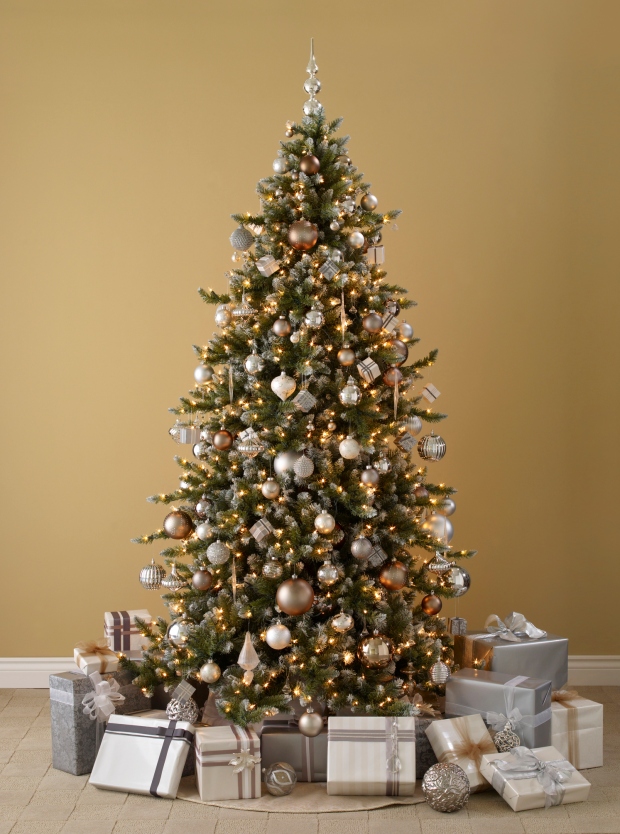
Nostalgic Retro Christmas Tree
If you’re looking to be more sustainable and cut costs this Christmas, utilize vintage that has served as the backdrop to family celebrations for decades. Look for fun ornaments like mercury glass, globes, and faux candles in shades of baby blue, pink, and silver.
Pops of Pink Tree
Pink symbolizes love, affection, and kindness, and it is one of the most trendy colors in 2023. Embellishpale your holy green tree with blush and soft pastel pink ornaments to channel a cozy yet whimsical vibe for your home.
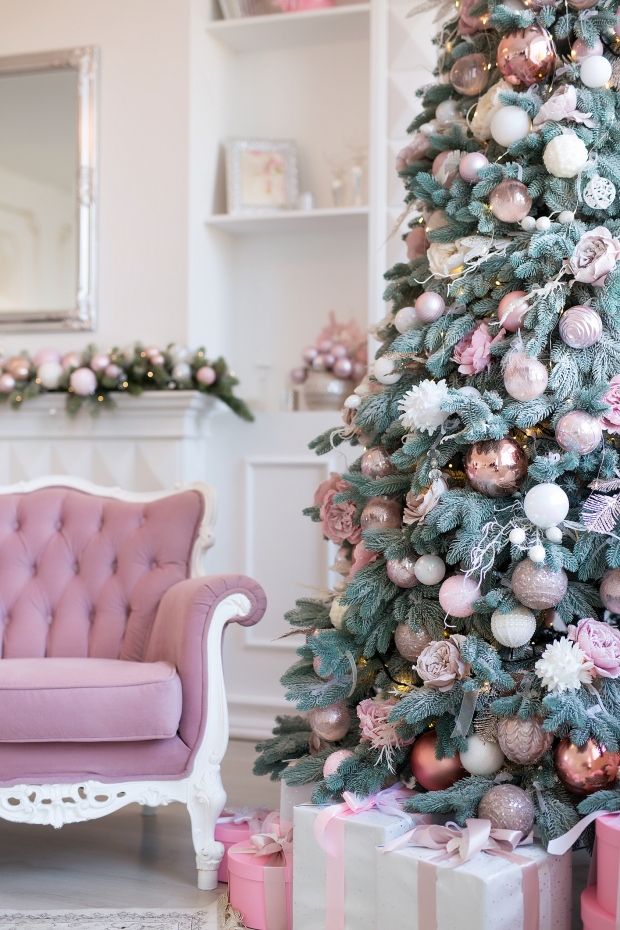
2. Poinsettia
As classic as Christmas movies, the poinsettia is a must have for your holiday decoration and design. Poinsettias aren’t limited to red and don’t have to stay in the pot. You can decorate your home with this classic Christmas plant in more creative and new ways.
A silver cup or pot with a ‘Mini Star’ poinsettia or a cut poinsettia is a perfect embellishment for a place setting. You can create a variegated look by adding silver spray paint to a red poinsettia.
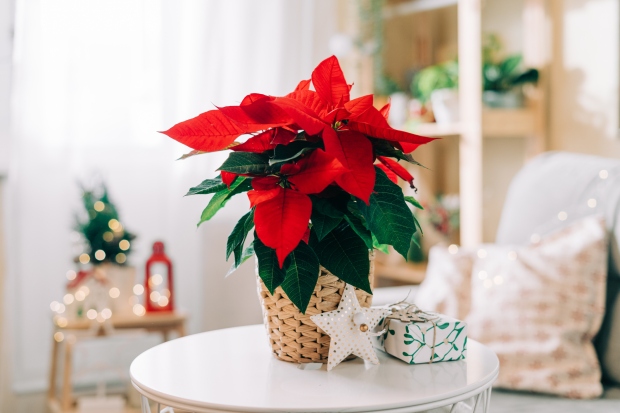
A festive poinsettia arrangement with amaryllis and evergreen can also be impressive. Tuck potted amaryllis into the center of a poinsettia plant, cover it with evergreen sprigs, and place the entire arrangement into a simple wooden planter.
A gold greenery wreath splashed with pink cut poinsettias is so very popular this season. Attach the bracts with florists wire and wire to cut evergreen and greenery, and add some berries as extra ornaments to enrich colors.

3. Amaryllis
Amaryllis always attracts people with its full bloom and bright, cheery colors, making it one of the most popular plants for holidays. Moreover, this plant blooms for several weeks in the winter with little care, usually just in time for the holidays. There is no doubt, this beautiful flower ensemble will create a festive atmosphere around your house.
The easiest way to use amaryllis as decor is to cut the stems off, and put it into a stylish vintage or vase. Amaryllises have many varieties, and there are more colors than just red and white. Reddish-orange Nagano with pink double amaryllis is a good match to create a warm and sweet vibe. Finish by spreading some pinecones, evergreen branches, and shimmery ornaments over the table.

An amaryllis garland will make your home look more festive. Use a foam ring as the base, the red velvet amaryllis as the center, to go with pinus strobus, English var, holly and blue spruce pieces, a luxurious Christmas wreath is right in your eye.
A glass vase with one single blooming amaryllis could be a good centerpiece for Christmas arrangement – this way, you don’t have to cut the flower and you can keep it to rebloom for the next year.
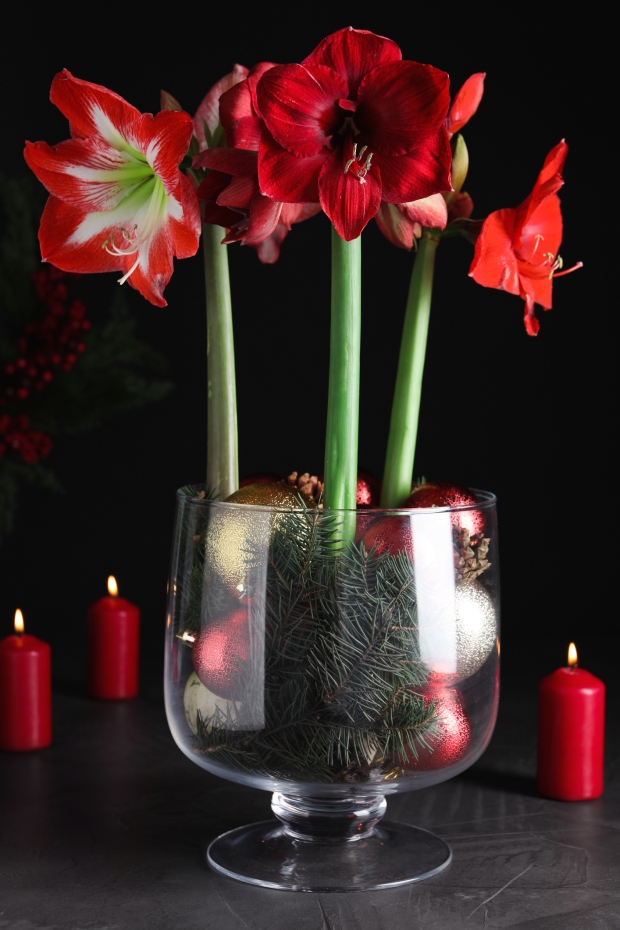
4. Christmas Cactus
Christmas cactus have beautiful blossoms in a variety of jewel tones, and their beauty might rival the beauty of the ornaments on your Christmas tree. Furthermore, these plants are very hardy and can last for a longtime.
A potted Christmas Cactus can be a unique addition to your existing festive arrangements whether it’s on your porch, on the stairs, or next to your front door. Or you can hang the plant in a basket, but remember to choose those with more stems so that the flower can flourish.

Taking care of a holiday cactus is a little trickier than most other desert-loving cacti that are drought resistant. The holiday cactus is a tropical rainforest native and needs regular water to remain healthy. Water when dry but don’t let the plant sit in water.
Planting Christmas Catus won’t be hard. Keep the plant when Santa has gone, and wait for it to set next year.
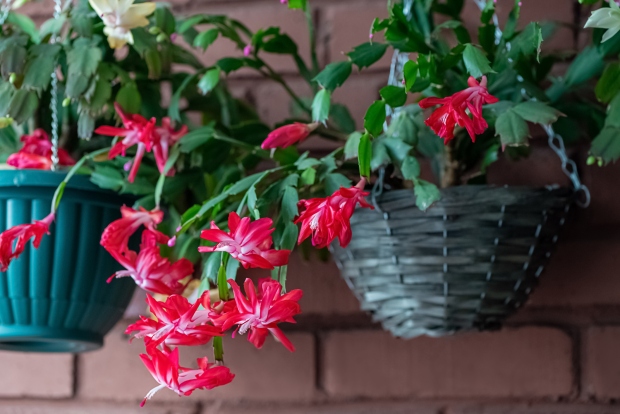
5. Norfolk Island Pine
If you’re looking for an alternative to the big traditional Christmas Tree, or simply something in addition to, look no further than this popular houseplant: Norfolk Island Pine. Due to its easy-going nature and quirky yet symmetrical shape, the Norfolk Island Pine really shines around the holidays.
This plant makes a great tabletop tree if you don’t have room for a big one, but its branches tend to get weighed down easily, so stick with lightweight ornaments. Use mini yet delicate ornaments like string lights, bows, ribbons and rustic tin bells to add holiday flair to this plant, and floral wire and scissors to help secure the decor.
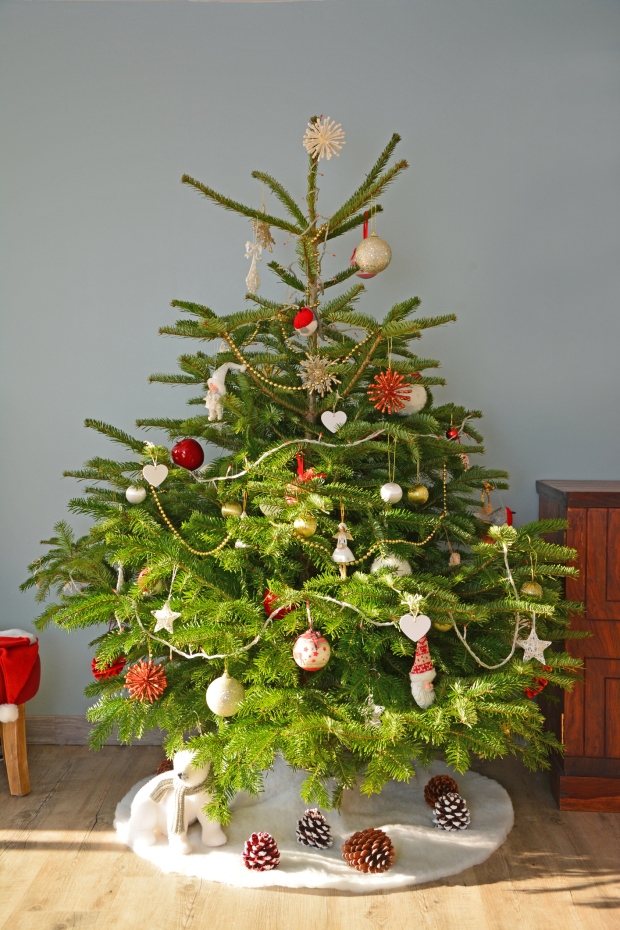
The Norfolk Island Pine is native to the South Pacific, so it is not adapted for cold conditions. Plant your trees indoors if you are ready to use Norfolk Island Pine to decorate your home for the holidays. Put it anywhere that receives enough light once you’ve added your favorite ornaments to it.
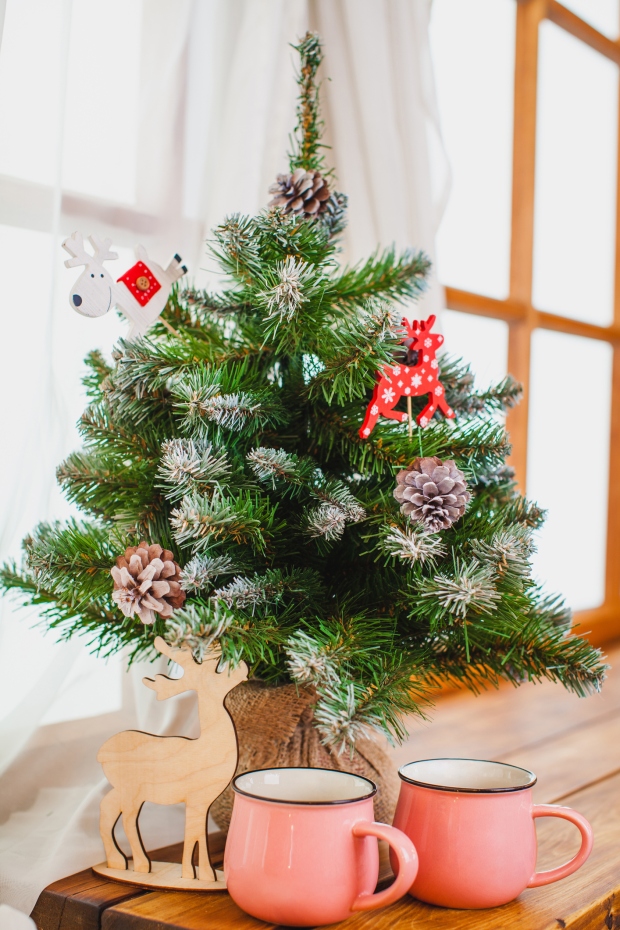
Get these beloved houseplants and decorate them in the style you like. It’s never too early to get your home ready for Christmas.
